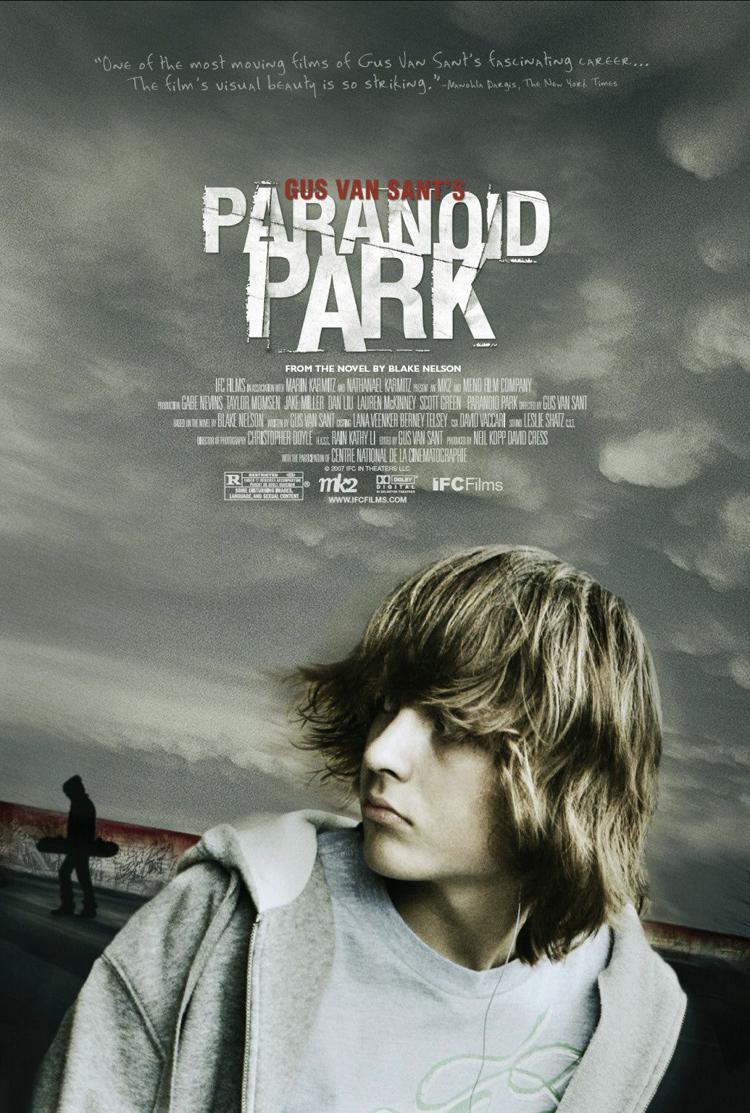Television advertisements can certainly be a very viable way of reaching large audiences. Buy some space, and get your ad running multiple times a day; organize spacing so your ad comes on during a program watched by a certain audience; get your message across and get yourself more business.
Representation in advertising is important for this reason. So many people see these ads every single day, so it’s important to cater towards and include minority groups in marketing -- not only is it realistic, but it makes people feel seen.
I watched two samples for this study on advertising representation. They certainly presented … I’ll say ‘different levels’ of representation and portrayal.
The first ad presented a grim and disconcerting experience for me. Women clad in bikinis running like animals in packs towards a man spraying AXE body spray all over himself. The ad also ended by saying ‘spray more, get more,’ in reference to women or sex … overall it left me with a very yucky feeling. This ad blatantly wants to cater towards ‘macho’ men who like to impose their dominance and sexual prowess over women in their lives, and AXE played on this by making their product seem like the secret to success (it reminded me of an episode of Regular Show where one of the main characters watches a similar ad on TV and buys a body spray hoping to attract his crush).
Perhaps AXE aimed to present a satirical caricature of these feelings that their main demographic holds towards women, by overly objectifying them into this race of man-hungry predators, but whether it was a joke or not it certainly does not do any favors for the female population. The normalization of women being portrayed as sexual objects for men has been a prevalent issue in advertising for decades, and this ad is just one example of such.
The second ad, however, one for H&M’s recyclable clothing campaign, was much better in terms of representation. It shows people of different genders, ages, races, physical stature, and other demographics, all dressing in different and sometimes ‘unconventional’ clothing styles. The message of the advertisement is that style and expression should not be denoted and controlled by ‘rules.’ The diversity in the ad’s ensemble is something that I and certainly other groups respected, as it normalizes the very real existence of non-white, heteronormative, 20-something year old men in life (crazy, right?).
This diversity definitely caters towards people in any minority group, and markets H&M’s brand towards these groups as a result. Members of these groups could have felt pride, validity, or otherwise contentedness at seeing themselves represented positively in the media, especially in the fashion world which has been so heavily dominated by skinny white women in recent years.
Advertising is a large, sometimes cutthroat world, and in terms of representation, a little can go a long way. The first ad was disgusting, a good satire at best, but it would be successful in marketing towards the brand’s desired demographic. The second offered more diversity in a minute and a half than some people have seen in their lifetimes. Different audiences and demographics expect different things, and it'd be for the best if advertisers just agreed (pretty please?) to maybe let the minorities get the spotlight more often.





 Goodfellas (1990) is my favorite film of all time and one that I find exemplary of the mob film genre. The film, directed by Martin Scorsese and based off the nonfiction book Wiseguy by Nicholas Pileggi, follows Henry Hill as he rises through the ranks growing up among mobsters. His heists, prison sentences, relationships, and other ups and downs are explored, with an emphasis on Henry's personal experiences within and relating to power and success. Goodfellas follows all the conventions of the mob genre, and arguably popularized the new wave of this type of film that dominated the 1990s. Henry and his fellow mobsters are shown conspiring to commit crimes, people are shot and killed, and the culture of 1950s-70s New York and its Italian-American mafia families are ever-present throughout.
Goodfellas (1990) is my favorite film of all time and one that I find exemplary of the mob film genre. The film, directed by Martin Scorsese and based off the nonfiction book Wiseguy by Nicholas Pileggi, follows Henry Hill as he rises through the ranks growing up among mobsters. His heists, prison sentences, relationships, and other ups and downs are explored, with an emphasis on Henry's personal experiences within and relating to power and success. Goodfellas follows all the conventions of the mob genre, and arguably popularized the new wave of this type of film that dominated the 1990s. Henry and his fellow mobsters are shown conspiring to commit crimes, people are shot and killed, and the culture of 1950s-70s New York and its Italian-American mafia families are ever-present throughout. 
 Another favorite crime film of mine that I think epitomizes the crime genre is Michael Mann's 2006 film
Another favorite crime film of mine that I think epitomizes the crime genre is Michael Mann's 2006 film 






